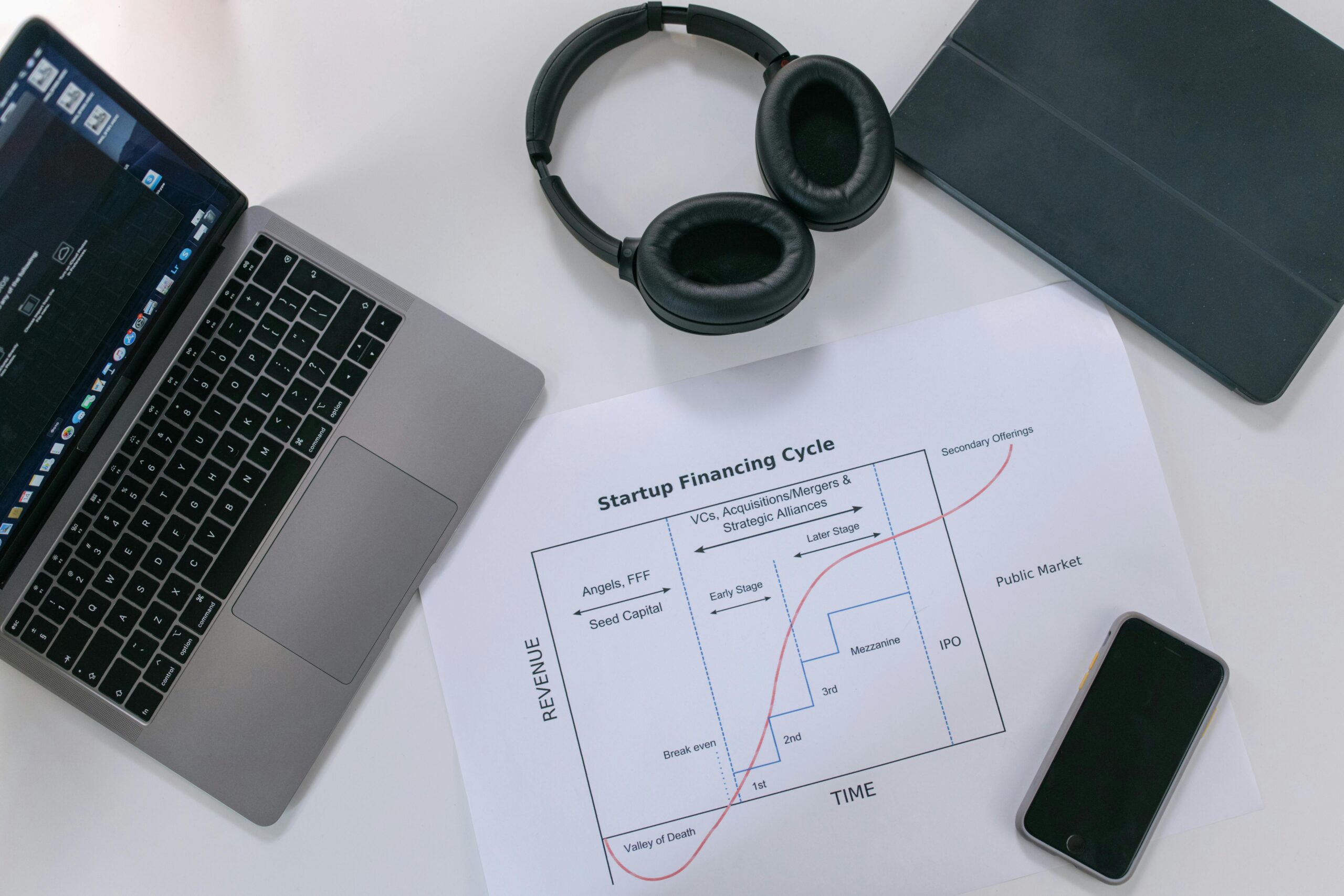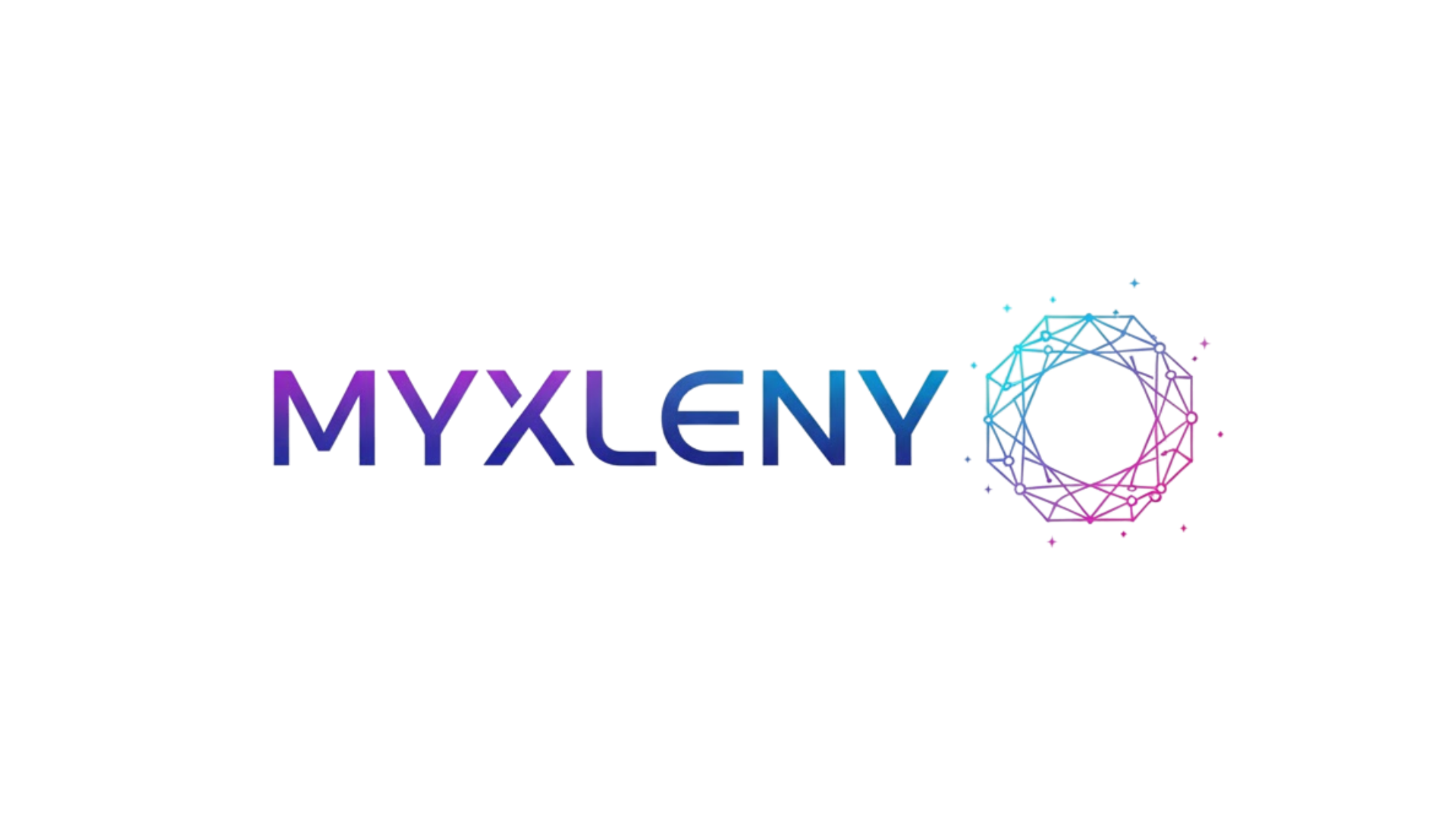In a world where disruption is the new normal, businesses must evolve or risk obsolescence. Organizational change agility has become the cornerstone of sustainable growth and innovation.
The modern business landscape resembles a high-speed race where standing still means falling behind. Companies that once dominated their industries have crumbled within years, while agile newcomers have captured market share with unprecedented speed. This dramatic shift underscores a fundamental truth: the ability to adapt quickly to change is no longer optional—it’s essential for survival and success.
Organizational change agility represents more than just implementing new technologies or restructuring departments. It embodies a comprehensive approach to transformation that touches every aspect of a company’s operations, culture, and strategic vision. Organizations that master this capability don’t just respond to change; they anticipate it, embrace it, and leverage it as a competitive advantage.
🚀 Understanding Organizational Change Agility in the Modern Context
Organizational change agility refers to an enterprise’s capacity to rapidly sense, respond to, and capitalize on environmental shifts while maintaining operational stability. This concept extends beyond traditional change management practices, incorporating flexibility, resilience, and proactive innovation into the organizational DNA.
The distinction between agility and mere reactivity is crucial. Reactive organizations scramble when disruption occurs, implementing frantic changes that often create more problems than they solve. Agile organizations, conversely, build adaptive capabilities into their foundation, enabling smooth transitions that feel less like earthquakes and more like natural evolutions.
Several key dimensions characterize truly agile organizations. First, they demonstrate cognitive agility—the ability to think differently and challenge existing assumptions. Second, they exhibit operational agility, rapidly reallocating resources and adjusting processes. Third, they maintain strategic agility, continuously scanning the horizon for emerging opportunities and threats. Finally, they cultivate people agility, developing workforce capabilities that support continuous transformation.
The Business Case for Change Agility
Research consistently demonstrates that agile organizations outperform their peers across multiple metrics. Companies with high change agility report 25-30% faster time-to-market for new products and services. They also experience significantly higher employee engagement scores, as team members feel empowered rather than overwhelmed by transformation initiatives.
Financial performance tells an equally compelling story. Organizations that successfully implement change agility frameworks typically see revenue growth rates 2-3 times higher than industry averages. Their ability to pivot quickly allows them to capture emerging market opportunities before competitors recognize they exist.
🎯 Core Components of an Agile Organizational Framework
Building genuine organizational change agility requires attention to several interconnected components. These elements work synergistically to create an environment where change becomes a natural part of how the organization operates rather than a disruptive exception.
Leadership Commitment and Vision
Transformation begins at the top. Leaders must not only endorse change initiatives but actively champion them through visible commitment and resource allocation. This means executives must develop their own adaptive leadership capabilities, modeling the behaviors they wish to see throughout the organization.
Effective change-agile leaders communicate a compelling vision that provides direction without rigidly prescribing every detail. They establish clear strategic priorities while empowering teams to determine optimal execution approaches. This balance between guidance and autonomy proves essential for navigating uncertainty.
Adaptive Organizational Culture
Culture represents the invisible force that either enables or prevents organizational agility. Companies must cultivate psychological safety where employees feel comfortable experimenting, failing fast, and learning quickly. This requires shifting from blame-oriented environments to learning-focused cultures that treat setbacks as valuable data points.
Recognition systems should reward adaptability and innovation alongside traditional performance metrics. When employees see colleagues celebrated for constructive risk-taking and creative problem-solving, they’re more likely to embrace change themselves rather than resist it.
Flexible Structures and Processes
Rigid hierarchies and bureaucratic processes represent significant barriers to agility. Progressive organizations are experimenting with flatter structures, cross-functional teams, and dynamic resource allocation models that can shift as priorities evolve.
Process design should emphasize essential governance while eliminating unnecessary approvals and bottlenecks. Many companies are adopting agile methodologies beyond software development, applying iterative approaches to marketing campaigns, strategic planning, and operational improvements.
💡 Strategies for Developing Change Agility Capabilities
Transforming an organization into an agile entity requires deliberate strategies implemented with consistency and patience. These approaches help embed adaptability into the organizational fabric rather than treating it as a temporary initiative.
Invest in Continuous Learning and Development
Workforce capabilities must evolve as rapidly as the business environment. Forward-thinking organizations are moving beyond annual training programs to continuous learning ecosystems that provide just-in-time skill development.
This includes creating internal knowledge-sharing platforms, offering micro-learning opportunities, and supporting employee experimentation with emerging technologies and methodologies. The goal is building a workforce that can learn new competencies as quickly as the market demands them.
Implement Scenario Planning and Foresight Practices
Agile organizations don’t wait for change to happen—they actively prepare for multiple possible futures. Scenario planning exercises help teams develop flexible strategies that can adapt to different market conditions, competitive dynamics, or technological shifts.
Regular environmental scanning processes ensure the organization maintains awareness of weak signals that might indicate significant changes ahead. This proactive approach transforms uncertainty from a threat into a source of strategic advantage.
Establish Rapid Feedback Mechanisms
Speed matters in today’s environment, and organizations need real-time feedback loops that inform decision-making. This includes customer feedback systems, employee pulse surveys, operational dashboards, and market intelligence platforms that provide current data rather than historical reports.
The key is not just collecting information but creating workflows that ensure insights rapidly reach decision-makers who can act on them. Many organizations struggle not from lack of data but from inability to convert information into timely action.
📊 Measuring and Monitoring Change Agility Performance
What gets measured gets managed, and organizational agility is no exception. Companies need robust metrics that track both the inputs (capabilities being developed) and outputs (results achieved) of their change agility efforts.
Key Performance Indicators for Agility
Effective measurement frameworks typically include several categories of metrics. Speed metrics track how quickly the organization can implement changes, launch new initiatives, or respond to market shifts. These might include average decision-making time, product development cycles, or time required to scale successful pilots.
Adaptability metrics assess the organization’s capacity to adjust course when circumstances change. This includes measuring the percentage of strategic initiatives modified based on new information, resource reallocation frequency, or the organization’s ability to sunset underperforming programs.
Innovation metrics evaluate how effectively the organization generates and implements new ideas. This encompasses the number of experiments conducted, percentage of revenue from new products or services, and employee participation rates in innovation activities.
Cultural metrics gauge the human dimension of agility, measuring psychological safety scores, change readiness assessments, and employee confidence in navigating uncertainty.
Creating a Balanced Scorecard Approach
Rather than focusing on single metrics, successful organizations develop balanced scorecards that provide holistic views of change agility performance. These frameworks prevent over-optimization in one area at the expense of others and highlight interdependencies between different agility dimensions.
Regular review cycles ensure metrics remain relevant as the organization evolves. What matters most during early-stage transformation may differ significantly from priorities once basic capabilities are established.
🌐 Technology’s Role in Enabling Organizational Agility
Digital technologies serve as powerful enablers of organizational change agility, though they represent means rather than ends. The most successful transformations leverage technology to augment human capabilities and streamline processes rather than simply automating existing workflows.
Digital Platforms and Collaborative Tools
Cloud-based platforms provide the flexibility organizations need to scale operations rapidly or enter new markets without massive infrastructure investments. Collaborative technologies enable distributed teams to work seamlessly across geographies and time zones, essential capabilities in today’s hybrid work environment.
Project management and communication tools help coordinate complex change initiatives, ensuring all stakeholders maintain visibility into progress and can contribute regardless of physical location. These platforms also create valuable data trails that support continuous improvement efforts.
Data Analytics and Artificial Intelligence
Advanced analytics capabilities transform how organizations sense and respond to change. Predictive analytics can identify emerging trends before they become obvious, while prescriptive analytics suggest optimal responses to changing conditions.
Artificial intelligence augments decision-making by processing vast amounts of information more quickly than humanly possible, highlighting patterns and anomalies that warrant attention. Machine learning algorithms can also optimize resource allocation and process efficiency in real-time.
Automation and Process Intelligence
Robotic process automation frees employees from repetitive tasks, allowing them to focus on higher-value activities that require creativity and judgment. This not only improves efficiency but also increases workforce satisfaction and engagement.
Process mining technologies provide unprecedented visibility into how work actually flows through the organization, revealing bottlenecks and inefficiencies that traditional analysis might miss. These insights inform targeted improvements that genuinely enhance agility rather than simply adding complexity.
🏆 Overcoming Common Barriers to Change Agility
Despite understanding its importance, many organizations struggle to develop genuine change agility. Recognizing and addressing common obstacles represents a critical step toward successful transformation.
Resistance and Change Fatigue
Perhaps the most prevalent barrier is human resistance to change. After experiencing multiple transformation initiatives that failed to deliver promised benefits, employees often develop skepticism or outright opposition to new programs.
Addressing this requires authentic engagement rather than superficial communication campaigns. Leaders must listen to concerns, acknowledge past failures honestly, and demonstrate how current efforts differ from previous attempts. Building trust takes time, but it’s essential for sustainable agility.
Legacy Systems and Technical Debt
Organizations burdened by outdated technologies find themselves constrained in their ability to adapt quickly. Modernizing infrastructure requires significant investment and carries considerable risk, yet failing to do so virtually guarantees competitive disadvantage.
Successful approaches typically involve incremental modernization strategies that deliver value throughout the journey rather than big-bang replacements. API layers can help bridge old and new systems, allowing gradual evolution rather than risky wholesale changes.
Siloed Structures and Misaligned Incentives
Departmental silos create friction that slows organizational responses to change. When different functions operate with conflicting priorities or compete for resources, coordinated transformation becomes extremely difficult.
Breaking down silos requires structural changes complemented by cultural shifts. Cross-functional teams, shared objectives, and incentive systems that reward collaboration over individual achievement all contribute to more integrated operations.
🌟 Real-World Examples of Change Agility in Action
Examining how leading organizations have successfully developed change agility provides valuable lessons and inspiration for those embarking on similar journeys.
Global technology companies have pioneered many agility practices that other industries now emulate. Their ability to launch new products rapidly, iterate based on user feedback, and scale successful innovations demonstrates what’s possible when agility becomes embedded in organizational culture.
Traditional retailers transforming into omnichannel experiences showcase agility in action. Companies that once relied exclusively on physical stores have rapidly developed sophisticated e-commerce capabilities, mobile applications, and integrated customer experiences that span multiple touchpoints.
Financial services institutions navigating digital disruption exemplify how even heavily regulated industries can develop meaningful agility. By embracing fintech partnerships, adopting cloud technologies, and reimagining customer experiences, banks are demonstrating that legacy doesn’t have to mean inflexibility.
🔮 Building Your Organization’s Change Agility Roadmap
Developing genuine organizational change agility is a journey rather than a destination. Success requires a thoughtful, phased approach that builds momentum and capabilities over time.
Assessment and Baseline Establishment
Begin by honestly evaluating current agility capabilities across all relevant dimensions. This assessment should identify both strengths to leverage and gaps requiring attention. Engaging external perspectives can provide valuable objectivity that internal assessments sometimes lack.
Establishing clear baselines enables measurement of progress over time and helps prioritize initial improvement efforts. Not everything can be addressed simultaneously, so focus on areas offering the greatest impact relative to investment required.
Pilot Programs and Experimentation
Rather than attempting organization-wide transformation immediately, start with focused pilots that demonstrate value and build credibility. Success in limited contexts provides proof points that help overcome skepticism and build momentum for broader implementation.
Design pilots to maximize learning rather than simply achieving predetermined outcomes. Even “failed” experiments provide valuable insights if approached with genuine curiosity about what works and what doesn’t in your specific context.
Scaling and Institutionalization
As pilot programs demonstrate success, systematically scale practices across the organization. This requires careful attention to change management, ensuring adequate support and resources accompany expansion efforts.
Institutionalization occurs when new practices become “how we do things here” rather than special programs requiring extraordinary effort. This transition typically requires several years of consistent reinforcement and refinement.

💪 Sustaining Agility as a Competitive Advantage
Perhaps the greatest challenge is not developing initial agility capabilities but sustaining and continuously improving them over time. Organizations must guard against complacency and recognize that agility itself must evolve as circumstances change.
This requires ongoing investment in capability development, regular reassessment of approaches and practices, and willingness to abandon methods that no longer serve the organization effectively. The practices that created agility in one context may need modification as the organization and its environment evolve.
Leadership continuity and cultural reinforcement play crucial roles in sustaining agility. When leadership changes or organizational attention shifts to other priorities, hard-won capabilities can quickly deteriorate. Embedding agility into governance structures, performance management systems, and daily rituals helps ensure it persists through transitions.
The organizations that thrive in coming decades will be those that view change not as an occasional challenge to be managed but as a constant reality to be embraced. By developing robust organizational change agility, companies position themselves not merely to survive disruption but to drive innovation and growth regardless of what the future holds. The journey demands commitment, patience, and persistence, but the rewards—sustainable competitive advantage, enhanced innovation capacity, and engaged workforces—make the investment worthwhile. In today’s fast-paced world, organizational change agility isn’t just a nice-to-have capability; it’s the foundation upon which lasting success is built.
Toni Santos is a future-of-work researcher and social innovation writer exploring how technology, culture, and global mobility are redefining what it means to work and thrive in the 21st century. Through his studies on automation, digital nomadism, and workforce transformation, Toni examines the balance between progress, adaptability, and human purpose in a rapidly changing world. Passionate about remote collaboration systems and digital inclusion, Toni focuses on how emerging tools and global connectivity empower individuals to build meaningful, flexible, and resilient careers. His work highlights how automation and new work models can coexist with creativity, empathy, and social value. Blending sociology, economics, and digital strategy, Toni writes about the human side of innovation — helping readers understand not only where work is heading, but how to align with its transformation responsibly and purposefully. His work is a tribute to: The evolving relationship between automation and human employment The rise of global, location-independent lifestyles The power of resilience and adaptability in the modern workforce Whether you are a freelancer, remote leader, or curious observer of the new economy, Toni Santos invites you to explore the future of work — one idea, one connection, one transformation at a time.




